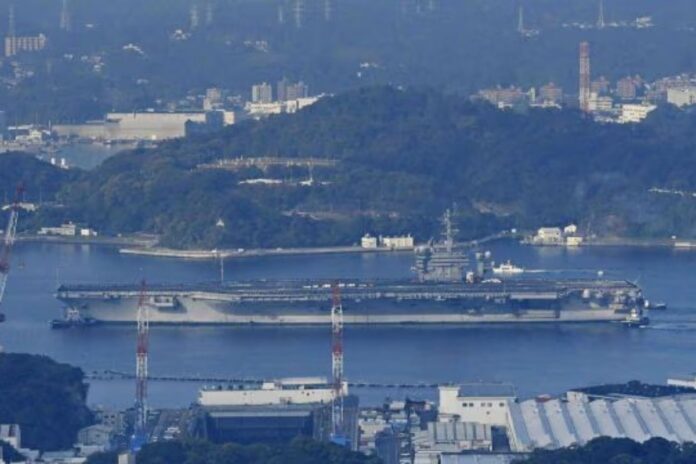Japan’s military deployed a surveillance aircraft and navy vessel on Tuesday after sighting a Russian submarine off the coast of Yonaguni Island, Japan’s westernmost territory located near Taiwan. The submarine, identified as a Russian Kilo-class vessel, was spotted roughly 50 km south of Yonaguni, moving northeast along with a Russian naval ship, according to a statement from the Japanese Joint Staff.
The Joint Staff noted that this was the first time a Russian submarine had been seen in those waters. “The submarine, accompanied by a Russian naval ship, was moving northeast between Yonaguni and the nearby island of Iriomote,” the statement said. In response, Japan’s Self-Defence Forces (SDF) deployed a combat support ship and a P-3 surveillance aircraft for reconnaissance and monitoring operations. Authorities confirmed that there was no breach of Japan’s territorial waters by the Russian vessels.
The incident comes just a day after the Philippine military reported a similar sighting of a Russian Kilo-class submarine in the South China Sea, highlighting increased Russian naval activity in the region.
Japan has been growing increasingly concerned about military activities by both China and Russia around its waters and airspace. With China’s expanding military presence, Japan has bolstered its defenses, especially in the southwestern region, including remote islands that are vital to its national security strategy. Joint Chinese-Russian operations have also heightened concerns in Tokyo.
A recent example includes the passage of a Chinese frigate east of Miyako Island, another remote southwestern territory, on Sunday. In September, the Chinese aircraft carrier Liaoning, accompanied by two destroyers, sailed between Yonaguni and Iriomote, entering Japan’s contiguous zone—an area outside territorial waters where a country can exercise limited control over maritime activities.
Japan’s latest response to the sighting underscores its vigilance and growing anxiety over foreign military activities in proximity to its borders, particularly as tensions in the broader Asia-Pacific region continue to rise.

